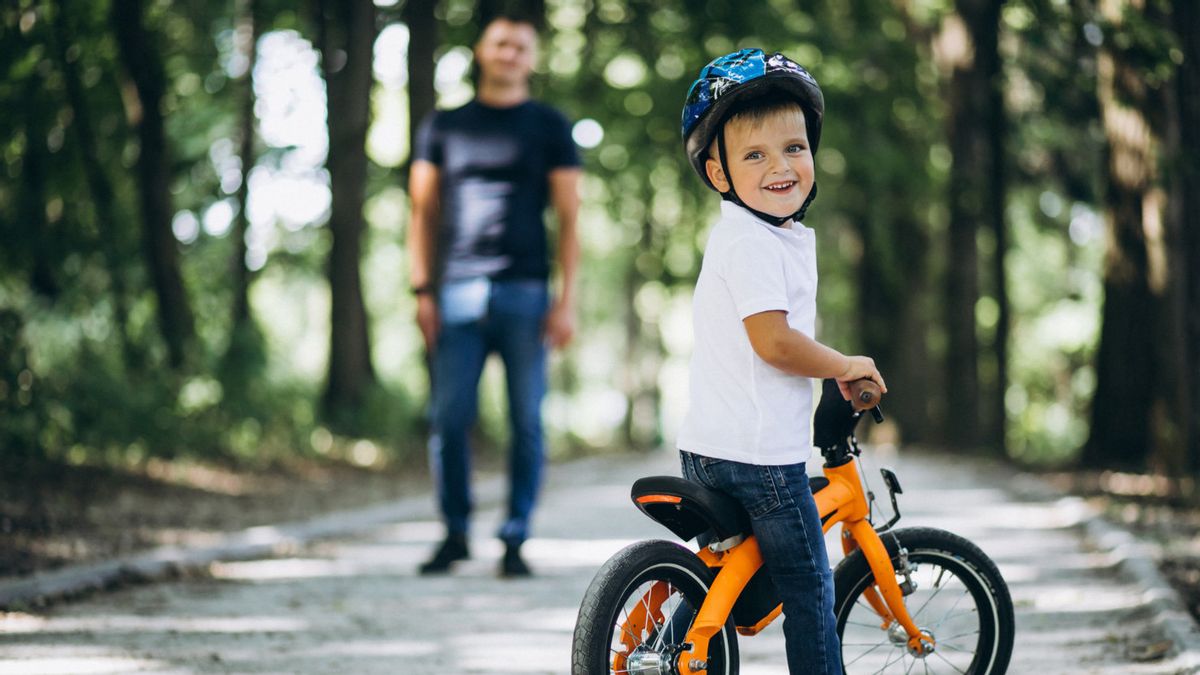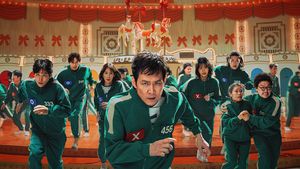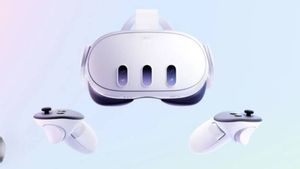YOGYAKARTA Stability and balance in children, their skills involve gross motor skills. With these skills, children can take certain body positions and adjust without falling. It is easiest to imagine, children cycling and riding scooters need these skills so they don't fall down.
To develop stability and balance skills, a child needs muscle strength and body awareness. There are three types of stability and balance skills, including:
The type of static balance, is the ability to balance the body in a stationary position. This position involves coordination, muscle strength, and exercise. By standing still on the spot, with one or two legs, it is already a stability skill.
In a static balance, the center of gravity remains stable above which is basically the body's buffer. If the body is spanned with two legs, the stability base is stronger. But with one leg above the ground, it will be lower in stability or more difficult in balance. This is why children who are just starting to learn to stand, need training. In addition to training motor muscles also train perceptions as part of cognitive exercise.
Dynamic balance is the ability to balance when moving. Falling, stopping after running, avoiding, landing after jumping, and climbing are skills of dynamic balance. Any locomotor activity requires this skill.
Developing dynamic balance skills is more challenging to do. Children may need constant exercise in order to control dynamic balance. In contrast to static balance, the dynamic balance of support bases is smaller or narrower, and also moves. This often involves weight movement, moving weight from one leg to another, or from the feet to the hands and back.
More difficult than the two types of balance before, axial stability is the ability to balance the body of the turning chili sauce and carried out simultaneous chili sauce. The change is horizontal, such as bowing to touching the toe or turning back. Or it can also have vertical tremors, turning the center of the body to the right or to the left.
Many demonstrations and movements use static stability in exercise, dancing, and daily physical activity. In contrast to static balance which is helped by a wide buffer pad, reported by VerywellFamily, Thursday, August 24. In axial stability, the movement rotates more easily when the buffer pad is narrow. Imagine a ballet dancer doing a round with one leg, not both.
اقرأ أيضا:
Children will develop stability when they master gross motor skills, such as walking, running, and throwing. Playing rideable toys, such as scooters and bicycles is a way to develop stability and balance skills. Keep in mind, make sure to use security equipment when children learn to ride bicycles, such as wearing knee and helmet protectors.
The English, Chinese, Japanese, Arabic, and French versions are automatically generated by the AI. So there may still be inaccuracies in translating, please always see Indonesian as our main language. (system supported by DigitalSiber.id)


















